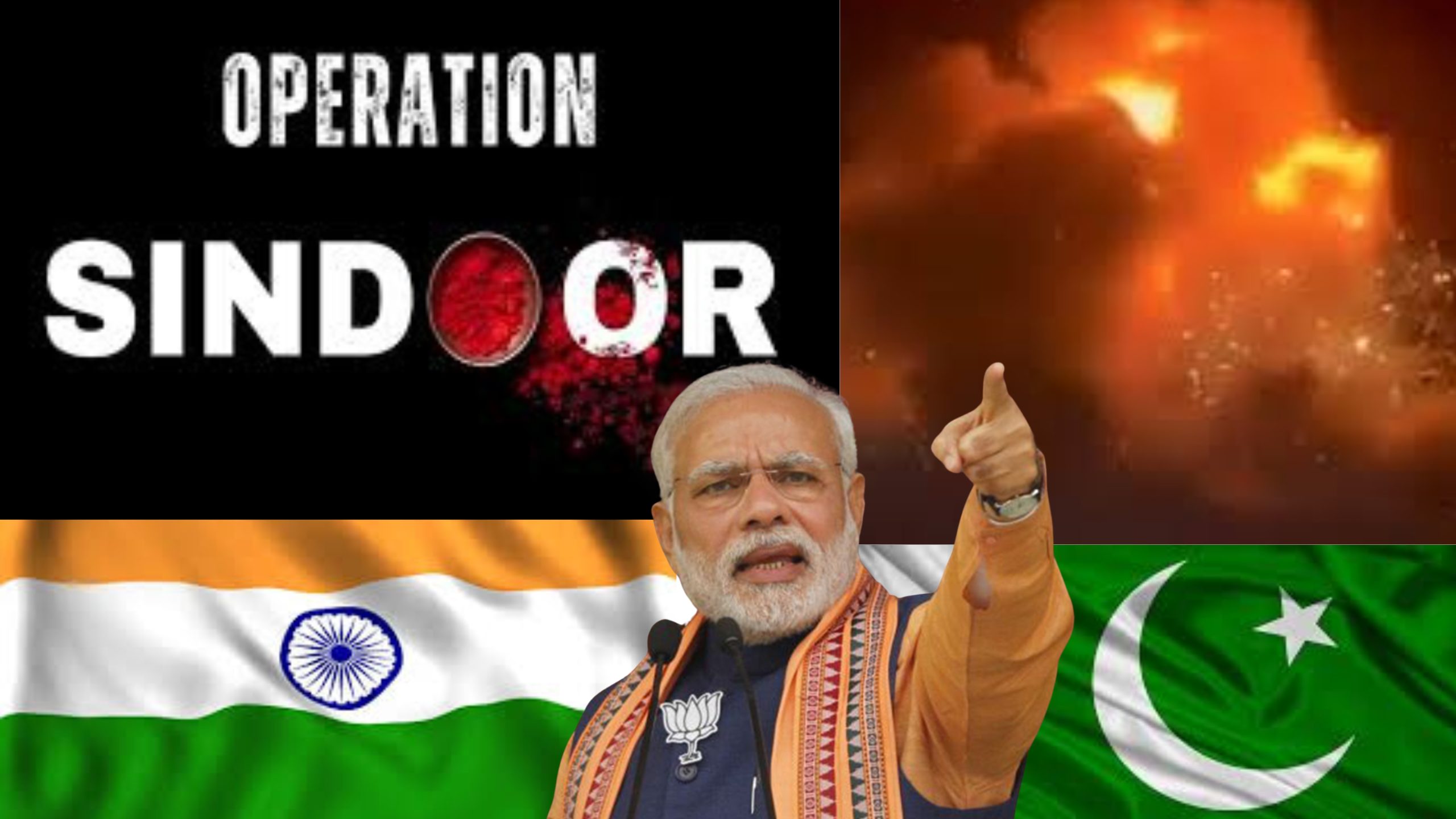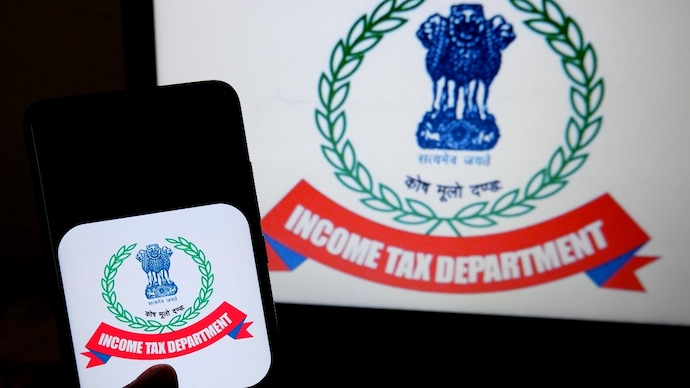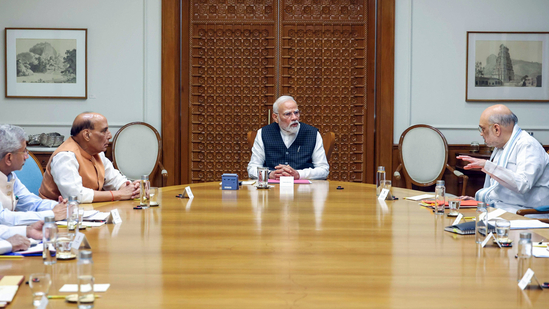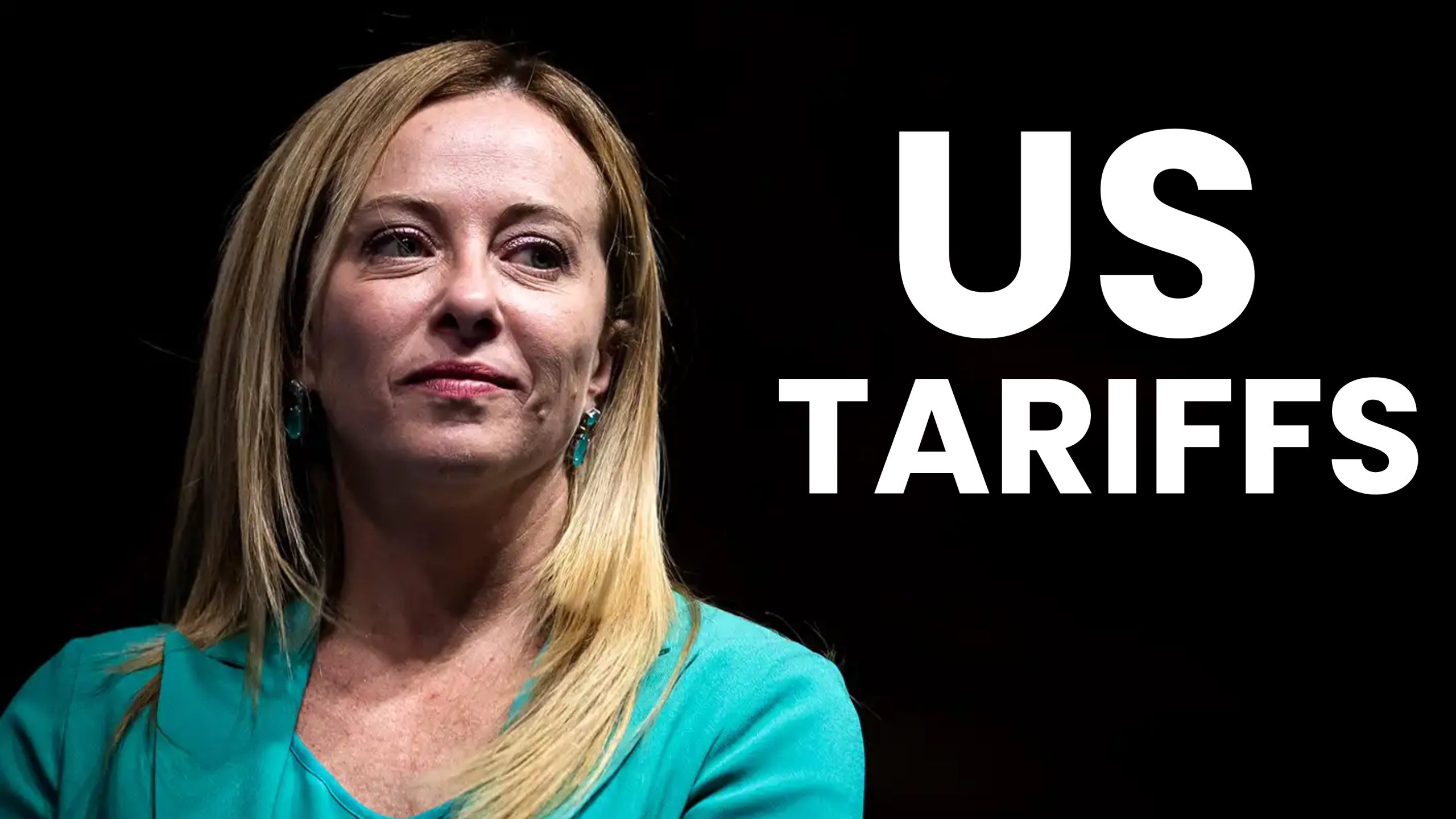
The United States and India have long shared a dynamic trade relationship but a recent announcement by former U.S. President Donald Trump has put some new tariffs at the center of discussions. Trump has declared a “discounted reciprocal tariff” of 26% on Indian imports, a move aimed at addressing trade imbalances and ensuring fair treatment for American businesses. But what does this mean for India, the U.S., and the global market?
Why Has Trump Imposed a 26% Tariff on India

Trump’s tariff strategy is based on the idea of “reciprocal trade.” He argues that countries like India impose high tariffs on American goods while benefiting from lower U.S. tariffs.
India charges 70% tariffs on U.S. passenger vehicles, while the U.S. imposes a much lower duty on Indian cars.
- American apples face a 50% tariff in Indiawhereas Indian apples have easier access to U.S. markets.
By introducing a 26% tariff, Trump aims to create a level playing field. However this “discounted” rate suggests that India is getting a better deal compared to China which is facing tariffs as high as 34% under Trump’s broader trade plan.
How Will This Impact Indian Businesses?
This tariff is expected to have mixed effects on Indian businesses.
1. IT & Software Services
- The Indian IT sector, which earns billions from U.S. contracts, might see reduced spending from American clients.
- This could slow down hiring in major IT hubs like Bengaluru, Hyderabad, and Pune.
2. Pharmaceuticals – The Silver Lining
- Interestingly, Indian pharmaceutical exports have been exempted from the new tariffs.
- This is a huge relief since the U.S. is one of the biggest buyers of Indian medicines.
- Stocks of major pharma companies, including Dr. Reddy’s and Sun Pharma, saw an increase in market value after the announcement.
3. Electronics & Manufacturing
- Sectors like electronics, gems, and textiles are expected to bear the brunt of the tariff increase.
- India exports over $14 billion worth of electronics to the U.S., and higher duties could make these products less competitive.
- Companies dependent on U.S. imports might face supply chain disruptions.
Immediate Market Reactions
The stock markets reacted sharply to the news:
- The Nifty 50 dropped by 0.2% and BSE Sensex fell by 0.27%, reflecting investor concerns.
- The Indian rupee weakened against the dollar, making imports costlier.
However, compared to China and Vietnam, which saw bigger losses due to even higher tariffs, India’s reaction was more stable.
What Is India’s Response?
India has several ways to navigate this situation:
- Negotiations with the U.S. – India may discuss tariff reductions on American goods like agricultural products and tech equipment to ease tensions.
- Exploring New Trade Routes – With the U.S. imposing even higher tariffs on China, India could attract companies looking to shift their supply chains away from China.
- Boosting Local Manufacturing – The Indian government is likely to strengthen initiatives like “Make in India” to reduce dependency on exports.
Additionally, Indian officials may push for a trade dialogue with the U.S. to prevent further escalations and ensure that exports continue smoothly.
How Will This Impact the Global Trade Market?
This tariff is part of a larger shift in global trade strategies, with major consequences:
- Other countries may follow suit: If the U.S. imposes tariffs on one country, others may do the same to protect their economies.
- India may seek alternative trade partners: Strengthening trade relations with Europe and Southeast Asia could counterbalance the losses from the U.S. market.
- China could capitalize on U.S.-India tensions: If India loses U.S. business, China may step in to offer competitive deals to American buyers.
What Does This Mean for You?
For Indian exporters, higher tariffs could lead to reduced demand from the U.S., especially for non-essential goods like jewellery and textiles. However businesses that are part of global supply chains shifting away from China may find new opportunities.
For everyday consumers, the impact will depend on how businesses adjust. Some prices may rise if Indian companies pass on the extra tariff costs to American buyers, while others may absorb the cost to stay competitive.
Additionally, companies may start looking for alternative markets to export their products, potentially strengthening India’s ties with Europe and Southeast Asia.
Final Thoughts: A Trade War A Negotiation Tactic, or a Political Move?
While Trump’s new tariffs may seem aggressive, they are part of a larger trade strategy to push for better deals for American businesses. However, the timing of this decision—potentially linked to upcoming U.S. elections raises questions about whether this is purely economic or also politically motivated.
Key Takeaways:
- The 26% tariff aims to create “fair trade” but could hurt Indian exporters.
- Sectors like IT, pharmaceuticals, and manufacturing will see varying impacts.
- India may respond by negotiating with the U.S. or seeking new trade partners.
- The global trade landscape is shifting, and businesses must adapt.
Whether this turns into a full-fledged trade war depends on how India and the U.S. handle negotiations in the coming months. If managed well, India could turn this challenge into an opportunity by diversifying its export markets and boosting local industries.
For now, Indian businesses must prepare for a changing global trade landscapeone where adaptability and strategic planning will be key to staying competitive.
Stay Updated
As this situation develops, we’ll keep you informed with the latest updates on India’s response, business strategies, and economic impacts. Keep following our blog for real-time insights!









































































